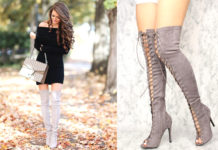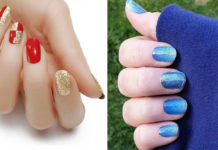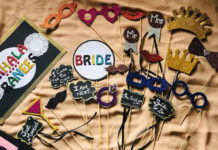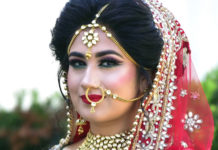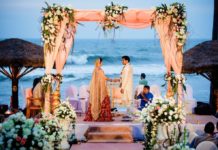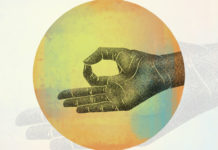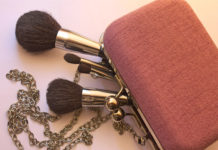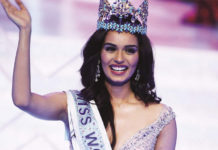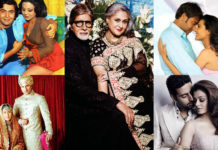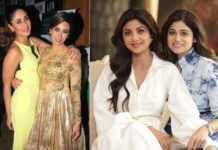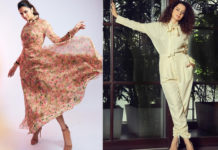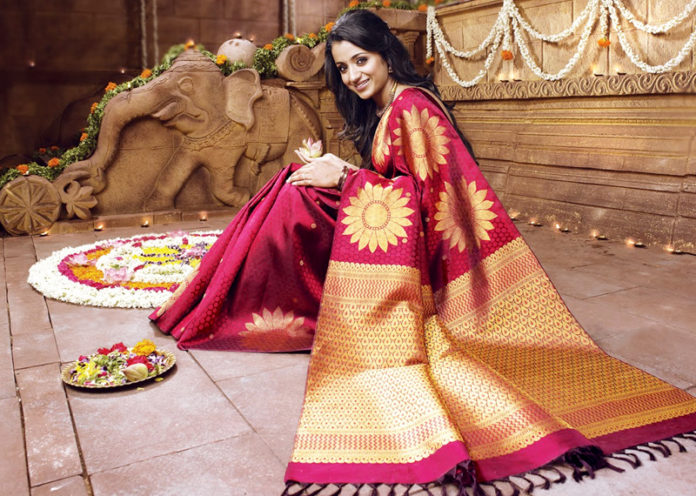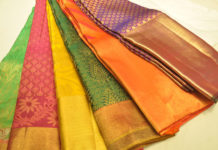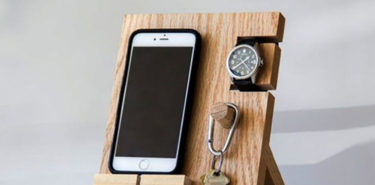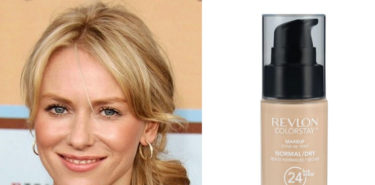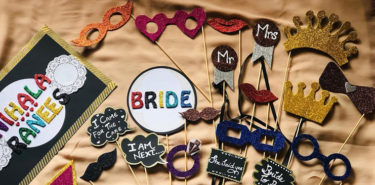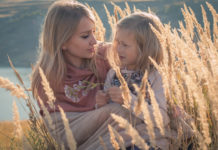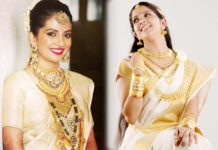Affiliate Disclaimer
Some links in this article are affiliate links. We may earn a small commission if you make a purchase through these links, at no extra cost to you. We only recommend products we find useful to our readersHave cousins or friend’s wedding? Or a party, everyday wear to work. Same look everyday and everywhere. Desperately want to change the look, but can’t find any interesting thing to wear. Go for Traditional Indian look with sarees. Sarees are always traditional on the go look. Indian handloom sarees are more famous and provides a mesmerising look in every occasion. Here are some Traditional sarees you can wear anywhere, anytime!
Impressive Looks with Traditional Sarees
1Benarasi
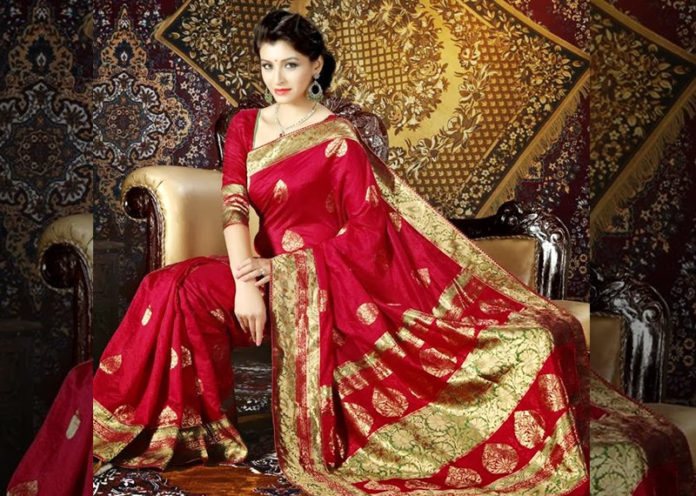
Wedding, function, parties, name any celebration, in the house, Banarasi Sarees are every women’s favourite. Every Indian woman knows about Banrasi Saree and at least have worn them. It is North India’s most popular sarees. Not only common women, but even celebrities have worn them. You can see many Mughal era designs like bel, kalga, foliage and floral motifs. Benarasi sarees became popular with these designs.
Jhaalar is the signature version of Banarasi Sarees, with its narrow fringe pattern inside and outside border, which looks similar to string of leaves.
2Kota Darai
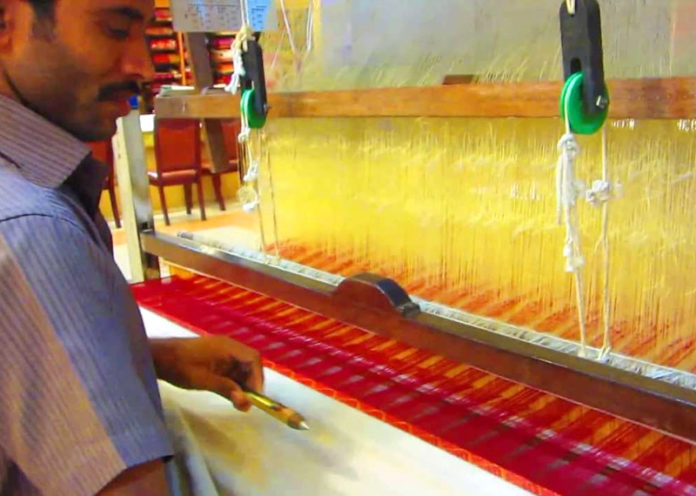
Kota Dorai or Kota Jali Sarees are one type of sarees made in Kota, Rajasthan. These are made from pure cotton and silk, because of which it is lightweight and transparent. It has square patterns, which looks like a checkered graph, famously known as Khats. These sarees are very airy, and ideal wear for summers. These are made in small villages around Kota. You can also try silk, Kota Sarees.
Because of its origin from Mysore, it was called Masuria. During the 17th and 18th century weavers were brought to Kota, and these sarees came to be known as “Kota-Masuria”.
[Also Read- Must have accessories when you wear a saree]
3Konrad
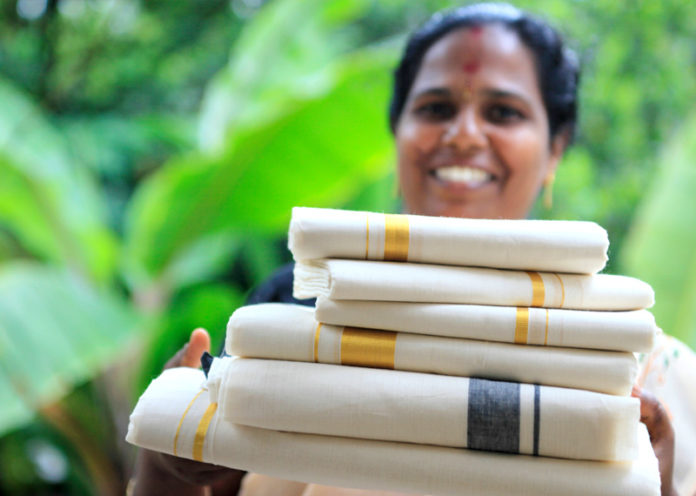
This is one of the most famous sarees in Tamil Nadu, because it has excellent fabrics and traditional richness. These sarees are also famous as a Temple Saree. Originally, these sarees were woven specially for temple deities, and a hand woven Konrad Saree is very expensive. The wide borders and the wedding-inspired motifs of natural elements and animal are the best striking feature on Konrad Sarees. Another feature of this sarees is that, being a silk saree, it does not look or feel like silk.
4Kanjeevaram
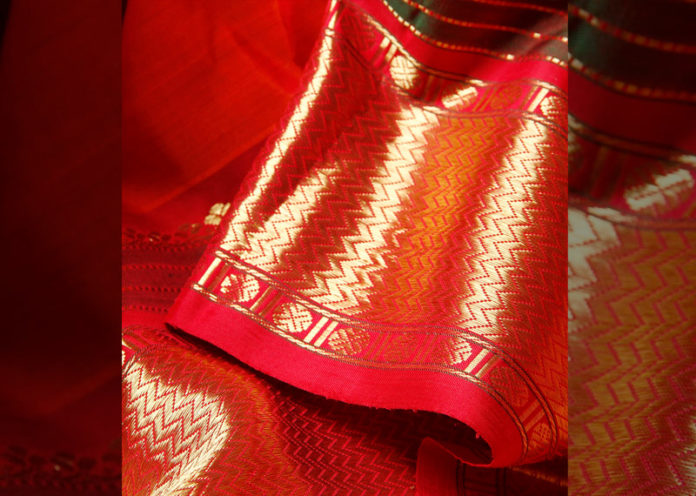
Kanjeevaram or Kancheepuram Silk Sarees is another type and most famous Tamil Nadu Saree in all over India. It is made in a place named Kancheepuram, hence the name. These sarees are compared to North India’s Banarasi Sarees. These sarees have wide contrast borders with silver threads dipped in gold and woven in silk. The silk in these sarees are thicker than any other silk sarees with durability. These sarees have checks, temple borders floral (buttas), tales from Mahabharata or Ramayana in designs.
These Kanchi silk weavers are believed to be the descendants of sage Markanda, according to Hindu Mythology.
5Baluchari
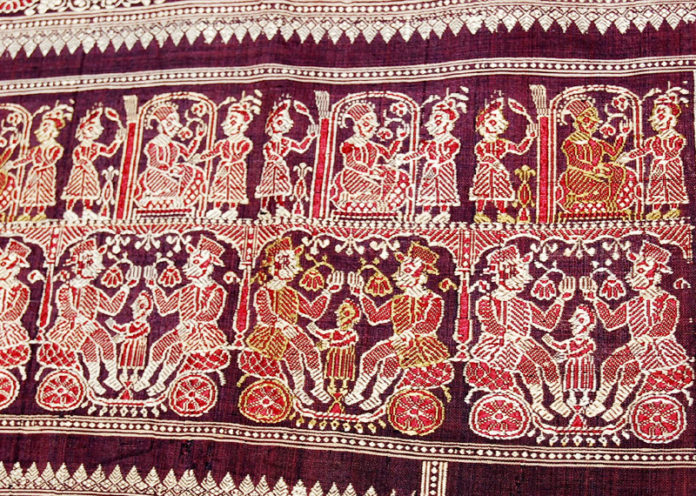
These sarees are native of Murshidabad, in West Bengal. These are worn by women all over India and Bangladesh. These measure five yards and are originated from Bengal. In the pallu of the saree mythological scenes were depicted like Mahabharata and Ramayana. It is one of the most famous sarees in East India. One Baluchari saree takes one week to weave. These sarees are mainly found in bright colours of deep blue, red and purple.
These sarees have a rich history of 200 years. Baluchari sarees were woven in a petite village of Murshidabad called Baluchar. Nawab of Bengal, in the 18th century, decided to patronize this rich weaving tradition and encouraged this industry to flourish.
6Taant
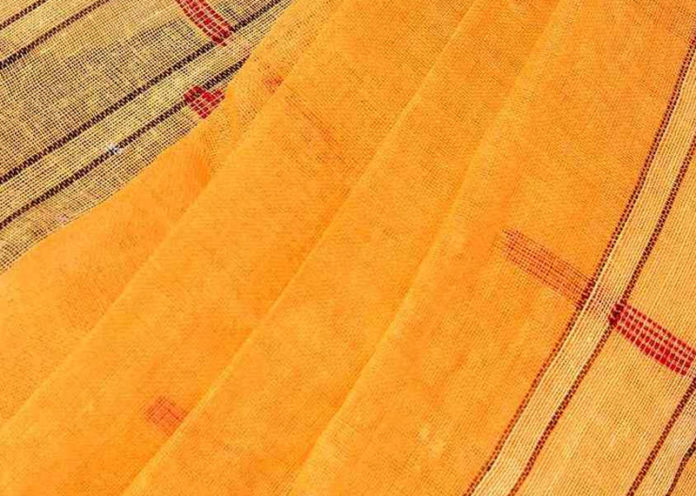
‘Taant’ generally means’Made on the Looms’. This is another famous saree from East India. It is Bengal’s weaving masterpiece in Bengal cotton. It have diverse colours and appearance. Bengali women usually wear these sarees. Weavers are generally from Murshidabad, Nadia and Hoogly in West Bengal. These sarees are basically meant for daily use, so it has a very low price. Taant Sarees are light and airy because it is woven from cotton threads.
These sarees became famous during Mughal era, and usually made in Dhaka, Bangladesh. The British government tried to destroy this art. But after independence these weavers settled in different places of West Bengal.
7Kantha
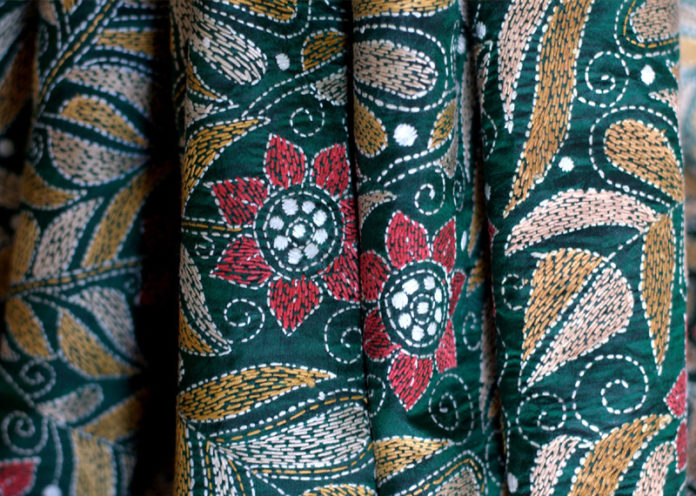
Kantha is related with the embroidery and not the sarees. These embroidery is basically about running stitch in decorative motifs. All over the cloth, have running stitches of lovely floral, animal, bird and folk motifs. Kantha embroidery works are mainly done by rural women and they are benefited. These rural women of West Bengal, embroider great designs and add beauty to the sarees. These stiches have many form in shawls, covers for minors, boxes and pillows.
8Bomkai
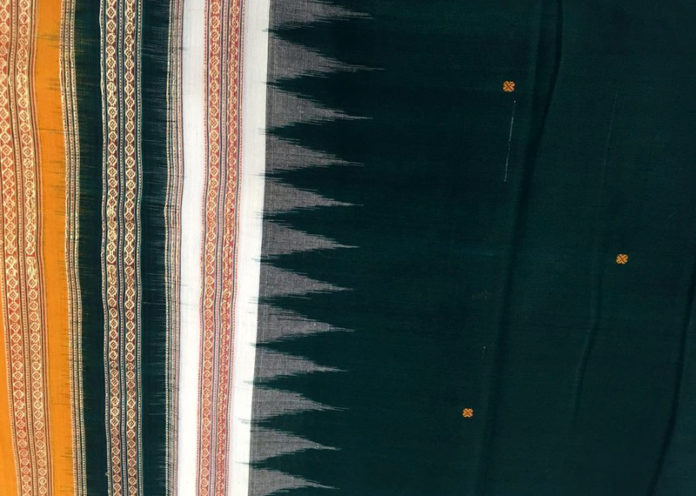
These sarees are also known as Sonepuri Sarees. This handloom sarees from Orissa is originated from Bomkai, Ganjam district. This weaving is done on low-count cotton yarn, which are basically coarse, heavy and dyed in deep colours.
9Sambalpuri
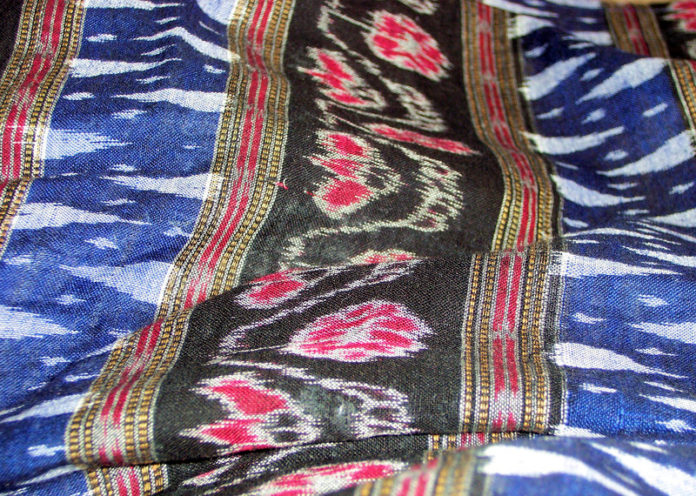
Sambalpuri Sarees are also called as Ikat. These sarees have motifs of traditional chakra (wheel), phul (flower) and shankha (shell). Prime Minister Indira Gandhi used to wear them.
10Bandhani
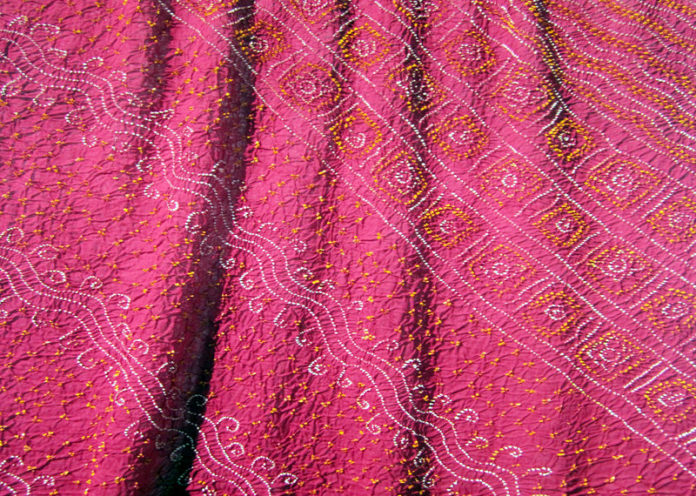
These form of sarees are very popular in Rajasthan and Gujrat. Tie and dye technique is used to make this sarees. Bandhani Sarees are also known as ‘Bandhej’. the cloth is plucked with fingernails into many small bindings which forms a figurative designs. Because of its unique colourful look, these sarees are great for summer.
Earliest form of Bandhani form of designs are seen during Indus Valley Civilization, which is around 4000 B. C. Khatri community in Gujarat started the Bandhani work in India. Jaipur, Udaipur, Ajmer, Bhilwara and Bikaner in Rajasthan, and Jammagar in Gujrat is famous centres for Bhandhani work.
[Also Read- Dressing For Dandiya Night]
By –

